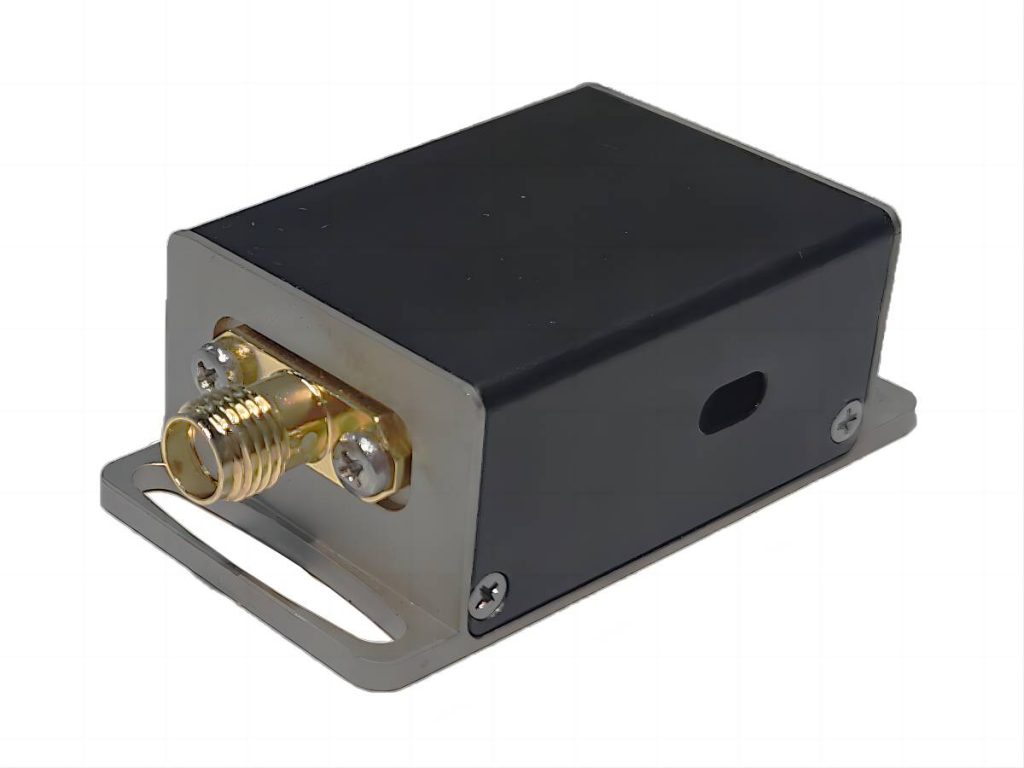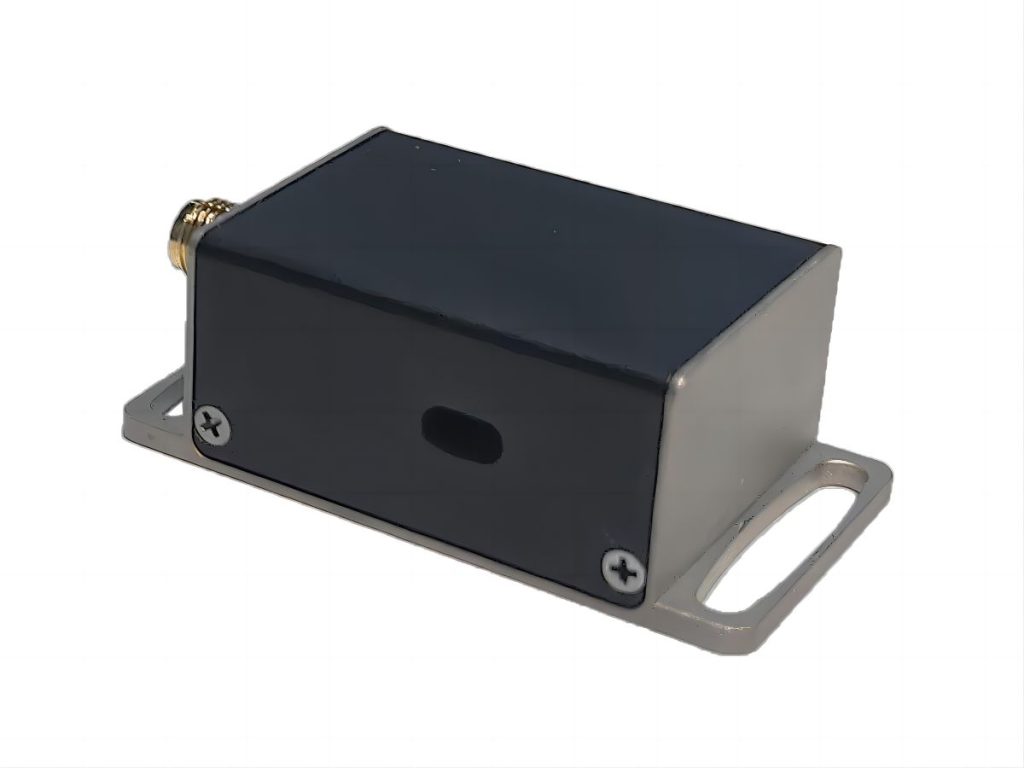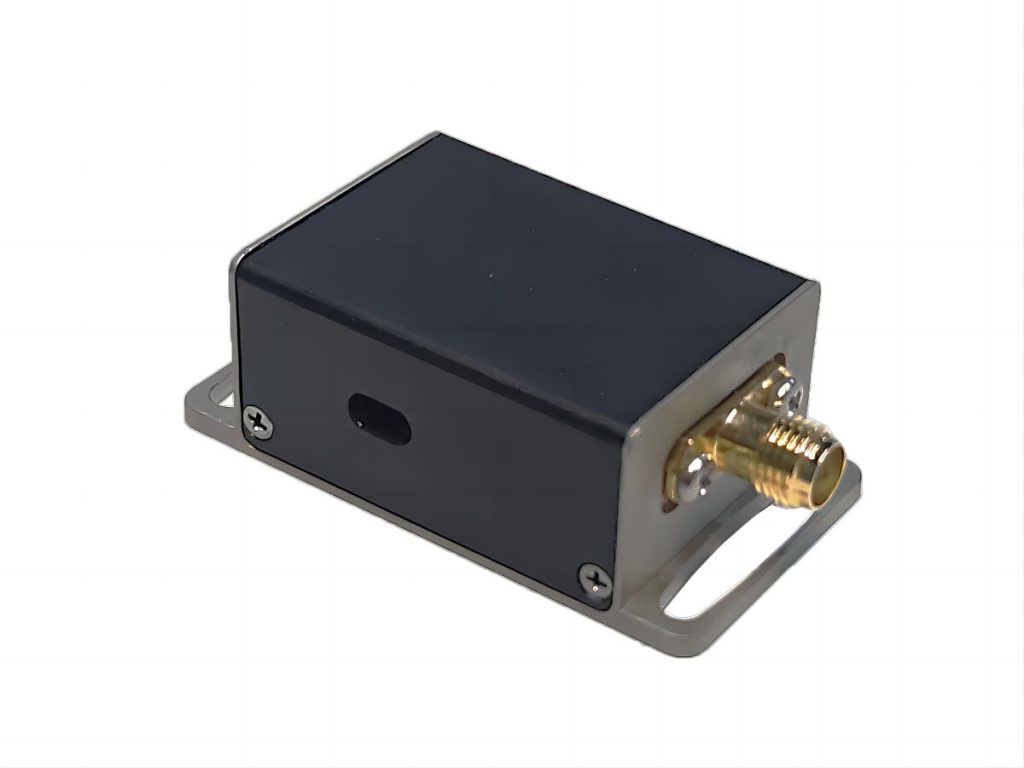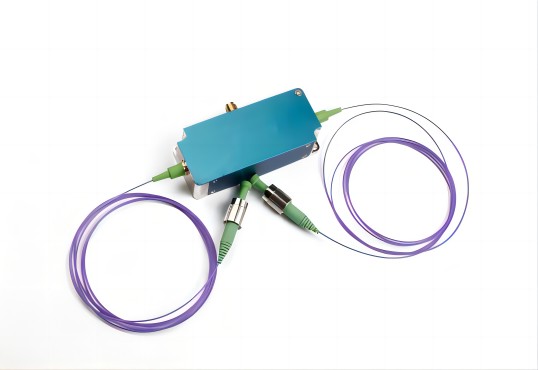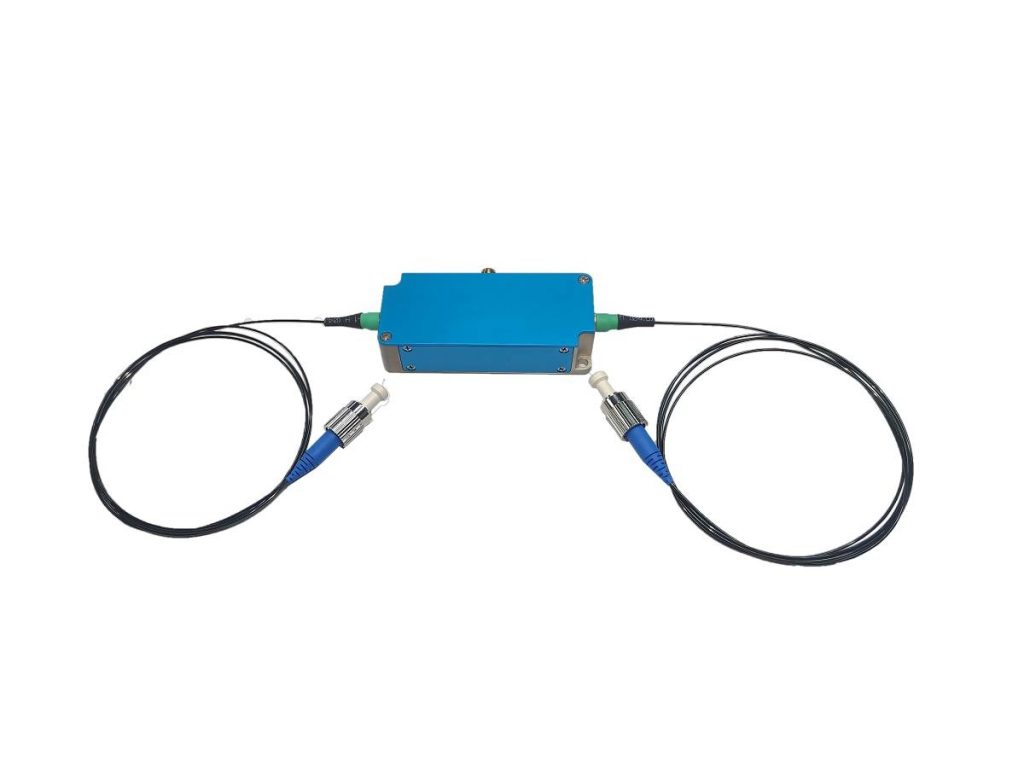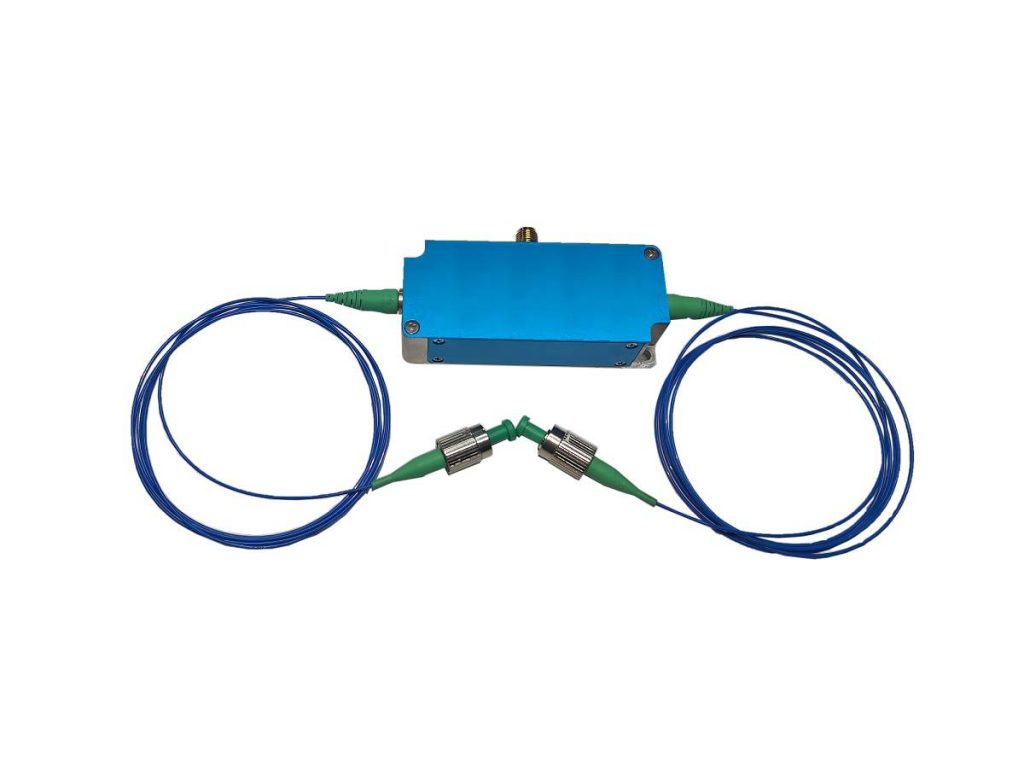Interrelation of pulse modulator, cold atom, Bragg diffraction and distributed sensing
In the field of modern physics and engineering, the intersection of different disciplines has given rise to many new research directions.Pulse modulation, cold atom, Bragg diffraction and distributed sensing are four seemingly independent concepts, but they are deeply connected in the fields of precision measurement, quantum information processing and sensing technology. This article will delve into the connections between these four concepts and reveal their important role in driving the development of related technologies.
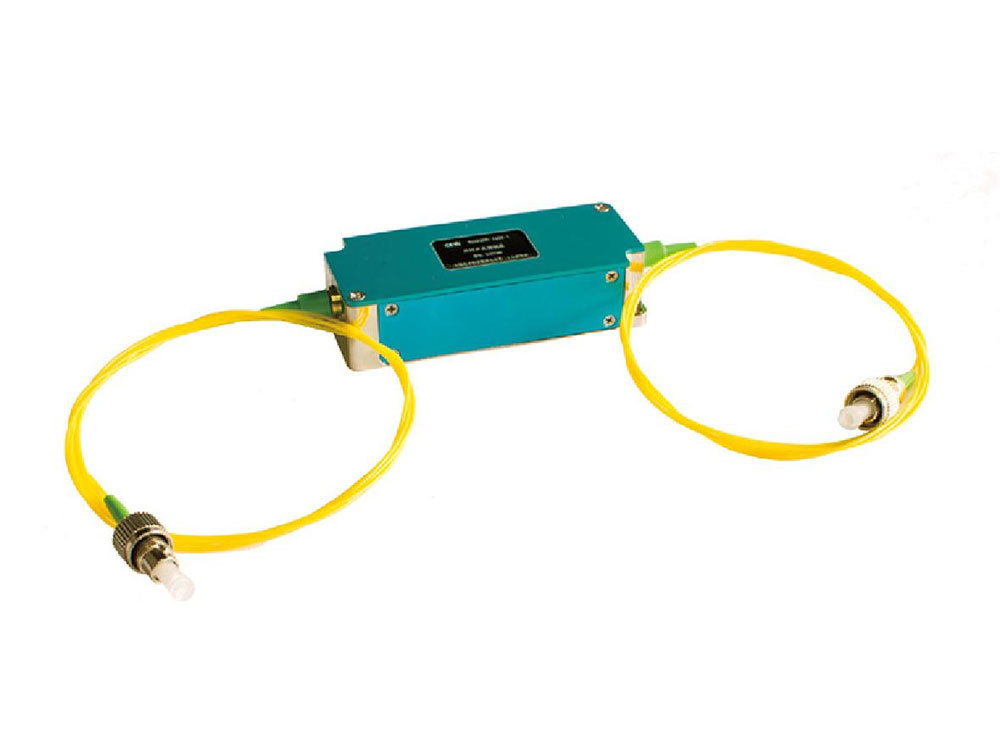
Pulse Modulators in Cold Atom Experiments
Pulse modulators are vital components in many modern experimental setups involving cold atoms. They are devices used to control various properties of light pulses, including:
- Frequency
- Amplitude
- Phase
One of the most common types of pulse modulators is the acousto-optic modulator (AOM). AOMs manipulate the properties of light waves by exploiting the interaction between light and sound waves.
In cold atom experiments, controlling laser light is essential because laser beams are used to:
- Cool atoms: Reduce the kinetic energy of atoms to near absolute zero.
- Trap atoms: Confine atoms in a specific region of space using optical forces.
- Manipulate atomic states: Alter the internal quantum states of atoms for precision experiments.
Cold atoms are suitable for precision experiments such as:
- Quantum simulations
- Atomic clocks
- Quantum computing
Roles of AOMs in Cold Atom Experiments:
- Frequency Modulation: AOMs adjust the laser frequency to match atomic transitions, which is crucial for effective cooling and state manipulation.
- Power Modulation: They control the intensity of the laser beam to ensure atoms remain trapped in a stable optical configuration.
- Doppler Cooling Enablement: By tuning the light frequency, AOMs facilitate Doppler cooling, a technique where the momentum of the atoms is reduced through photon scattering, further lowering their temperature.
Importance of Pulse Shaping:
Pulse modulators allow for the shaping of laser pulses by adjusting:
- Pulse Duration: Controls how long each pulse lasts.
- Intensity: Regulates the power of each pulse.
- Repetition Rate: Determines how frequently pulses are emitted.
This level of control is necessary for manipulating the atoms’ motion and quantum states with high precision. It is crucial for a wide range of cold atom applications, including:
- Quantum Computing: Requires precise control over quantum states to minimize error rates and maximize computational efficiency.
- High-Precision Timekeeping: Atomic clocks depend on accurate manipulation of atomic states to keep time with extreme precision.
By providing such detailed control over laser parameters, pulse modulators like AOMs are indispensable tools in advancing cold atom research and its applications in quantum technologies.
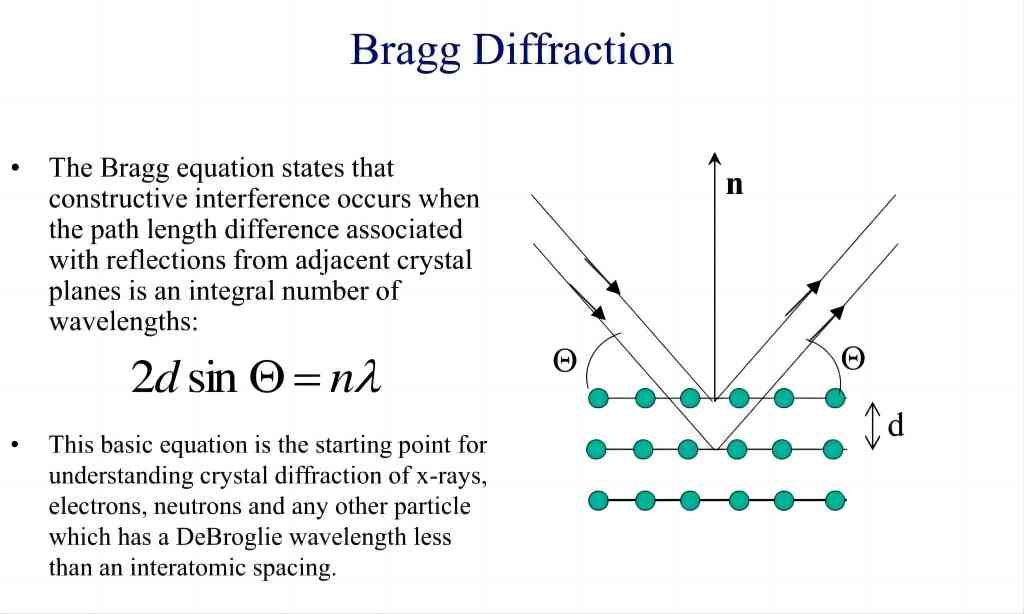
Bragg Diffraction in Cold Atom Systems
Bragg diffraction, a fundamental principle in both optics and material science, plays a crucial role in cold atom experiments. This phenomenon occurs when waves, such as light or X-rays, are scattered by a periodic structure, resulting in constructive or destructive interference patterns. These diffraction patterns provide valuable insights into the material’s structure. In cold atom systems, Bragg diffraction is utilized to control laser beams and, consequently, the states of cold atoms with precision.
Key Functions of Bragg Diffraction in Cold Atom Systems:
- Integration with Acousto-Optic Modulators (AOMs):
- AOMs operate based on Bragg diffraction principles.
- Sound waves modulate the refractive index of a medium, creating a periodic structure that diffracts light waves.
- This diffraction enables the modulation of both the frequency and direction of light.
- In cold atom systems, Bragg diffraction through AOMs allows for precise control of atomic states by modulating laser beams interacting with the atoms.
2.Control of Laser Frequency and Direction:
- Bragg diffraction helps adjust the laser’s frequency and direction, which is crucial for controlling the interaction between light and cold atoms.
- By manipulating these parameters, researchers can precisely influence the quantum states of cold atoms, which is essential for applications like quantum computing.
3.Manipulation of Atomic Motion:
- Bragg diffraction enables researchers to split atomic wave packets, a technique that is pivotal for studying quantum interference effects.
- This manipulation also aids in conducting precision measurements of forces, such as gravitational forces, on cold atoms.
4.Applications in Quantum Simulations and Atomic Clocks:
- The ability to control atomic motion and split wave packets is critical for quantum simulations, where researchers explore quantum systems in controlled environments.
- In atomic clocks, Bragg diffraction helps achieve ultra-precise timekeeping by allowing fine-tuned control over the atomic transitions that define time intervals.
Advantages of Using Bragg Diffraction in Cold Atom Experiments:
- Provides precise manipulation of both light and atomic states.
- Enables researchers to create well-defined experimental conditions.
- Enhances precision in quantum experiments, contributing to breakthroughs in quantum sensing and quantum information processing.
In summary, Bragg diffraction is a powerful tool for cold atom research, facilitating advanced control over light, atoms, and their interactions. It underpins many of the technological advances in quantum science, enabling greater precision and control in critical applications such as quantum sensing, quantum computing, and timekeeping.

Pulse Modulation in Distributed Sensing Technology
Distributed sensing technology, which offers high-accuracy monitoring of large-scale structures and environments, relies heavily on pulse modulation. One of the most prevalent types of distributed sensing is Distributed Acoustic Sensing (DAS), which utilizes optical fibers to detect changes in physical conditions such as temperature, strain, and pressure. Pulse modulation is crucial in enabling this advanced sensing technology.
Role of Pulse Modulation in Distributed Sensing Technology:
1.Sending Light Pulses:
- Pulse modulation involves sending a series of light pulses along the optical fiber.
- As these pulses travel through the fiber, they interact with the surrounding environment.
2.Backscattered Signals:
- The interaction between the light pulses and the environment creates backscattered signals that return to the detector.
- These backscattered signals are analyzed to detect variations in physical parameters such as temperature, strain, or pressure.
3.Continuous Monitoring:
- Pulse modulation enables continuous monitoring along the length of the fiber.
- This capability is invaluable for applications like structural health monitoring, oil and gas exploration, and environmental monitoring.
4.Precise Control:
- Pulse modulation allows for precise control over the timing and duration of the light pulses.
- By shaping the pulses and controlling their repetition rate, distributed sensing systems achieve higher spatial resolution and more accurate measurements.
5.Applications in Infrastructure Monitoring:
- Pulse modulation is used to monitor critical infrastructure such as pipelines, bridges, and power grids.
- DAS systems with pulse-modulated light can detect even the smallest deformations or temperature changes, facilitating early detection of potential failures or leaks.
6.Seismic Monitoring:
- In earthquake detection, pulse-modulated light senses seismic waves and provides valuable data for assessing earthquake risk.
Pulse modulation is a foundational technology for distributed sensing, enabling precise and continuous monitoring of physical parameters over long distances, by combining pulse modulation with optical fiber technology, the field of sensing has been revolutionized, providing enhanced real-time monitoring and predictive maintenance capabilities across various industries.
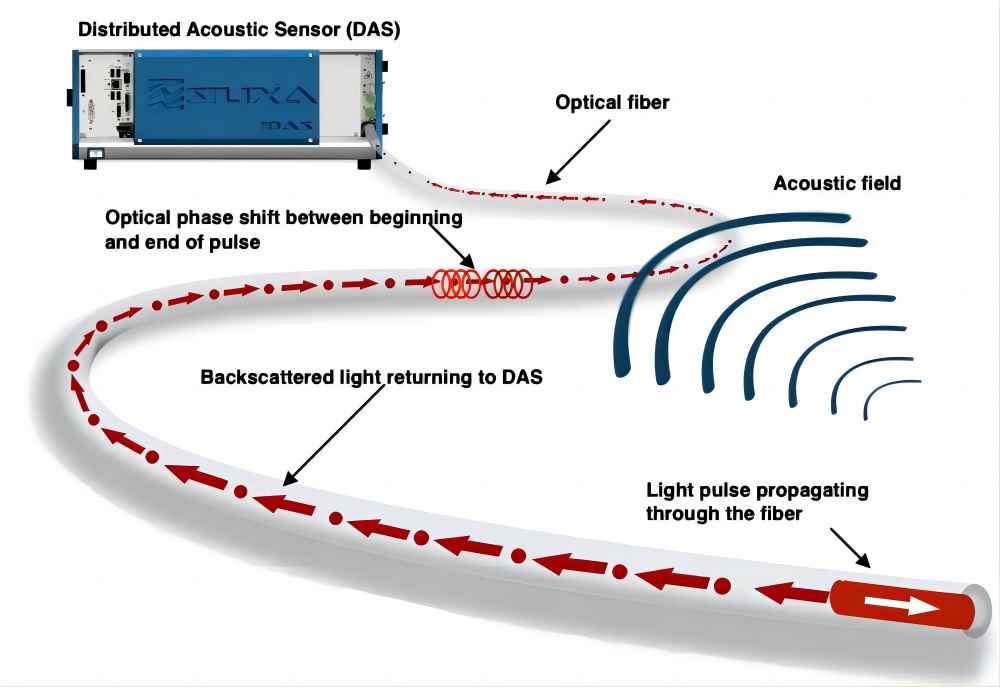
Potential Applications of Cold Atom Technology in Distributed Sensing
Cold atom technology has shown significant promise for enhancing distributed sensing systems, particularly in terms of sensitivity and stability. Here are the key applications:
- Enhanced Sensitivity and Stability:
- Extreme Low Temperatures: Cold atom systems operate at near absolute zero temperatures, reducing thermal noise.
- Accurate Measurements: This capability allows for more precise measurements of physical parameters such as time, frequency, and gravitational forces.
- Integration with Optical Fiber-Based Sensors:
- Higher Precision: Cold atom technology improves the performance of optical fiber sensors, providing greater precision in detecting variables like temperature and strain.
- Quantum Sensors: Cold atom-based quantum sensors leverage quantum properties such as coherent superposition states for unparalleled measurement accuracy.
- Quantum Memories:
- Storage and Retrieval: Cold atom quantum memories enable the storage and retrieval of quantum information over long distances.
- Quantum Networks: Incorporating these memories into distributed sensing systems could lead to the development of highly sensitive and secure sensing networks that function over vast distances.
- Quantum-Enhanced Communication Networks:
- Quantum Memories and Repeaters: These can be used to transmit quantum information with minimal loss over long distances.
- Secure Communication: This has implications for fields like national security, where secure, long-distance communication is crucial for protecting sensitive information.
- Applications in Distributed Sensing:
- Precision Measurement: Cold atom technology enhances precision in distributed sensing systems.
- Quantum Communication: The integration of cold atom quantum sensors and memories is likely to play a significant role in quantum communication and precision measurement.
The Synergy Between Pulse Modulators, Cold Atoms, Bragg Diffraction, and Distributed Sensing
The interplay between pulse modulators, cold atoms, Bragg diffraction, and distributed sensing is evident in their shared reliance on advanced technologies:
- Pulse Modulators:
- Acousto-Optic Modulators (AOMs): Provide essential control for manipulating cold atoms and achieving precise frequency modulation for Bragg diffraction.
- Laser Control: They ensure accurate frequency and power modulation necessary for cold atom experiments and distributed sensing.
- Bragg Diffraction:
- Light and Atomic State Manipulation: Facilitates the precise manipulation of light and atomic states in cold atom systems.
- Diffraction Effects: Enables effective control over laser beams, which is crucial for both cold atom and distributed sensing applications.
- Distributed Sensing:
- Pulse Modulation: Essential for generating light pulses used in real-time monitoring along optical fibers.
- Cold Atom Technology: Enhances distributed sensing systems by providing greater sensitivity and stability in detecting environmental changes.
Together, these technologies create powerful systems for precision measurement, quantum information processing, and real-time environmental monitoring, offering advanced capabilities across various scientific and industrial fields.
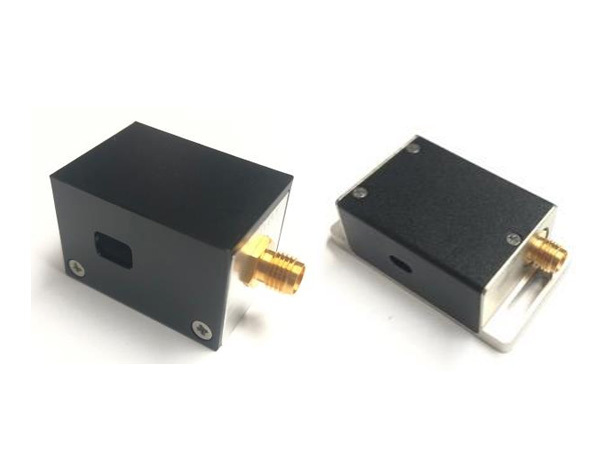
In summary, the interconnections between pulse modulators, cold atoms, Bragg diffraction and distributed sensing are reflected in their collaborative applications of laser control and signal detection technologies. The combination of these technologies not only promotes the development of cold atom experiments, but also provides new solutions for quantum information processing and distributed sensing. With the further development of the technology, these concepts will play an increasingly important role in the future of quantum technology and precision measurement.

